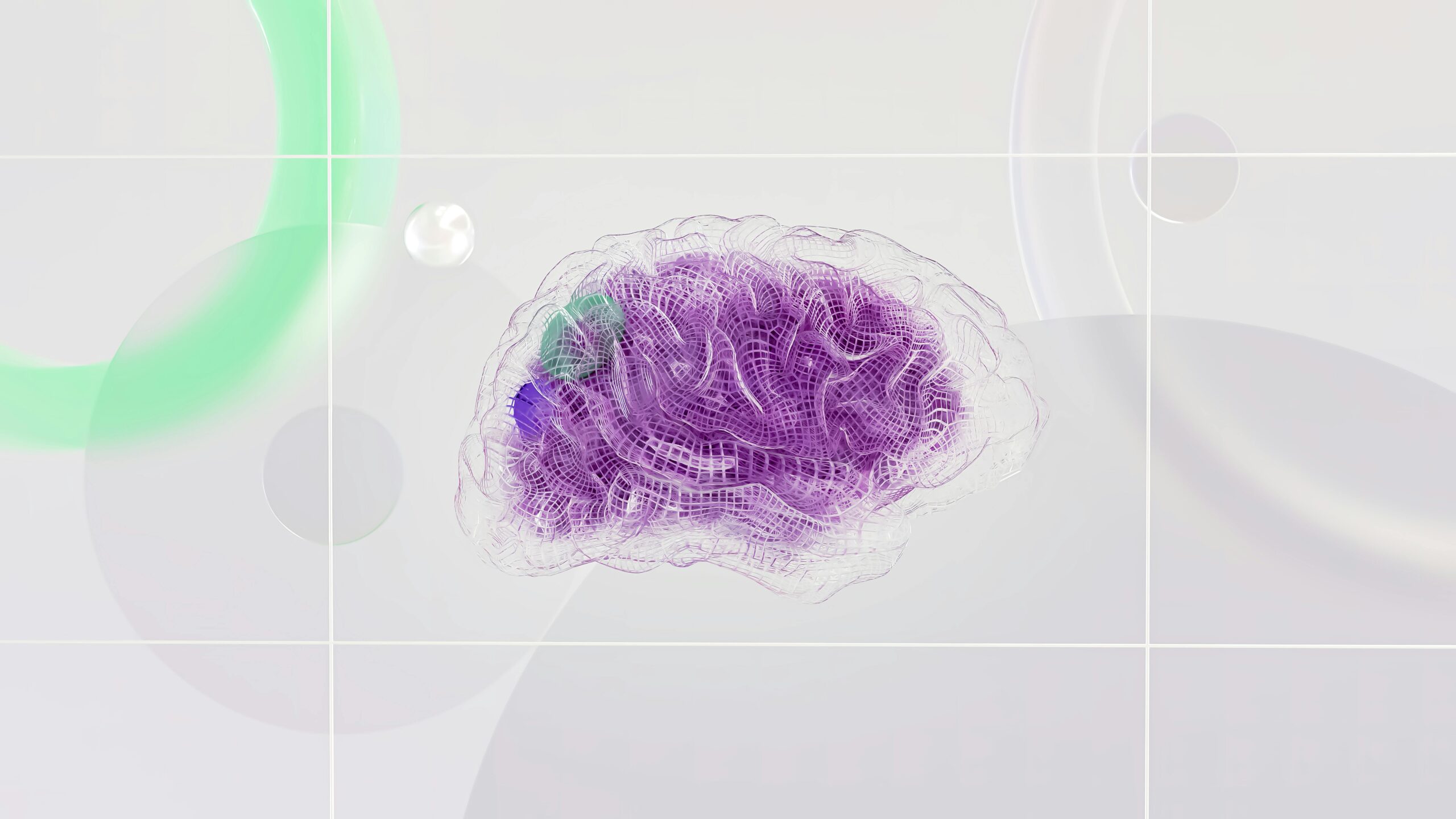Table of Contents
The Rise of Generative AI and the Copyright Dilemma
The rise of generative AI tools like OpenAI’s GPT, Microsoft’s Copilot, Anthrophic’s Claude, Google’s Gemini, Stable Diffusion, and MidJourney has sparked intense debates around copyright and intellectual property rights. These AI-empowered tools are trained on vast datasets from the internet, often including copyrighted material such as text, images, and audio created by writers, artists, photographers, and musicians. While these tools are groundbreaking in creating new content, their reliance on existing works raises significant ethical and legal concerns. Developers argue that training large language models with copyrighted data constitutes “fair use,” a legal doctrine permitting limited use of copyrighted content without explicit permission for purposes like education or innovation. Critics, however, say that using copyrighted works to develop profit-driven AI models exceeds the boundaries of fair use. Many content creators took their issues to court. One of the landmark cases regarding copyright and LLMs is The New York Times versus OpenAI and Microsoft. The Times filed the lawsuit in 2023, arguing that Open-AI uses articles behind its paywall and reproduces them when prompted. In April 2025, a judicial panel consolidated multiple lawsuits against OpenAI and Microsoft into a single case in the Manhattan federal court. The consolidated lawsuit includes news outlets like Daily News LP and the Center for Investigative Reporting (CIR). The case will now proceed through discovery, where experts will analyze training datasets of Open AI. If no settlement is reached, the case could advance to trial, potentially setting a precedent for how copyright law applies to generative AI technologies.
Many related lawsuits also proceed through the courts. These include Getty Images vs. Stability AI, Andersen vs. Stability AI, Dow Jones and New York Post vs. Perplexity AI, Kadry vs. Meta Platforms, Record Labels vs. Udio, and Record Labels vs. Suno. Each of these cases centers on using copyrighted material as training data for AI systems, and together, they form the legal battleground that will define the boundaries of fair use in the age of machine learning.
One of the first rulings in this area was the Thomas Reuters vs Ross Intelligence case, in which the judge ruled in favor of Thomas Reuters. Thomson Reuters, the parent company of the legal research platform Westlaw, offers legal resources, including opinions accompanied by notes. These notes are summaries of legal rulings crafted by Westlaw’s editorial team. In 2020, ROSS Intelligence, an AI-driven legal research startup, sought to develop a competing platform that used natural language processing to enhance legal research capabilities. After Thomson Reuters declined ROSS’s request to license Westlaw’s content for AI training purposes, ROSS engaged a third-party company, LegalEase Solutions, to create similar memos. These memos were based on Westlaw’s notes. ROSS used these memos to train its AI system without directly reproducing the headnotes. Upon discovering this, Thomson Reuters filed a lawsuit against ROSS, accusing the company of copyright infringement. ROSS argued that its use of the content fell under fair use, given that it didn’t reproduce the original notes in its product and claimed the training was transformative. However, in February 2025, a judge found that ROSS’s use of the copyrighted material was not transformative and served a commercial purpose in direct competition with Westlaw. This decision, one of the first of its kind, sets an early benchmark for how courts may evaluate the legality of using copyrighted materials in training large AI models.
Examples of Copyrighted Materials reproduced by AI models.




The original After Hours song from the Weeknd and the Suno AI's version.
To examine some arguments in favor of AI models ingesting copyrighted information, please consult the following sources:
Adam Buick, Copyright and AI training data—transparency to the rescue?, Journal of Intellectual Property Law & Practice, Volume 20, Issue 3, March 2025, Pages 182–192, https://doi.org/10.1093/jiplp/jpae102
Blaszczyk, M., McGovern, G., & Stanley, K. D. (2024, November 20). Artificial intelligence impacts on copyright law. RAND Corporation. Retrieved December 12, 2024, from https://www.rand.org/pubs/perspectives/PEA3243-1.html
OpenAI. (2025, March). Response to OSTP/NSF RFI: Notice Request for Information on the Development of an Artificial Intelligence (AI) Action Plan from https://www.musicbusinessworldwide.com/files/2025/03/openai-response-ostp-nsf-rfi-notice-request-for-information-on-the-development-of-an-artificial-intelligence-ai-action-plan.pdf
University of Washington. (n.d.). Digital Millennium Copyright Act (DMCA) https://copyrightresource.uw.edu/copyright-law/dmca/
To examine some arguments against AI models ingesting copyrighted information, please consult the following sources:
Blaszczyk, M., McGovern, G., & Stanley, K. D. (2024, November 20). Artificial intelligence impacts on copyright law. RAND Corporation. Retrieved December 12, 2024, from https://www.rand.org/pubs/perspectives/PEA3243-1.html
Copyright Alliance. (2025). The global creative community stands unified against unchecked AI use.
https://copyrightalliance.org/creative-community-against-unchecked-artificial-intelligence/
Towards Data Science. (2023, October 19). AI and copyright: Do you suffer from being an artist? You may be entitled to compensation. https://towardsdatascience.com/ai-and-copyright-do-you-suffer-from-being-an-artist-you-may-be-entitled-to-compensation-27c13312127d/
University of Washington. (n.d.). Digital Millennium Copyright Act (DMCA) https://copyrightresource.uw.edu/copyright-law/dmca/
Structured Debate
Team debate, 3-4 people per team, each team takes a side and presents their arguments.

Speaker I
State your team’s position. Introduce 2–3 arguments.

Speaker II
Support your team’s arguments. Use facts and articles.

Speaker III
Respond to what the other team said. Point out flaws or missing logic.
After each team has presented its arguments and the other team responds, we will conclude the debate with a question-and-answer session.